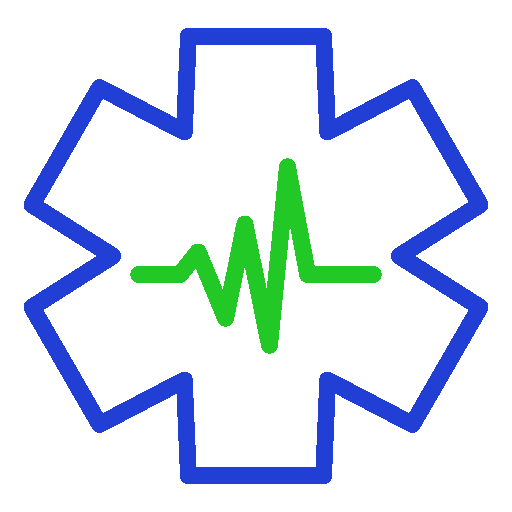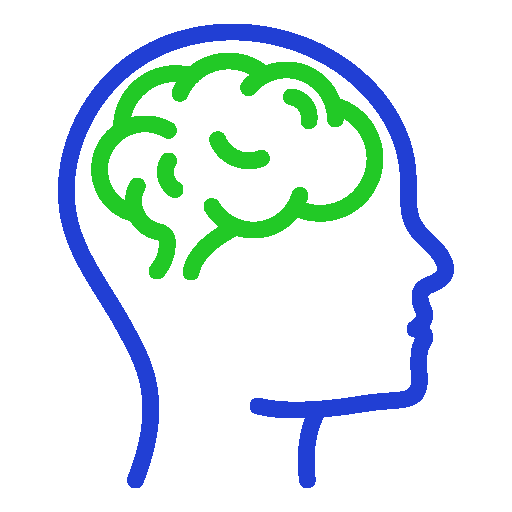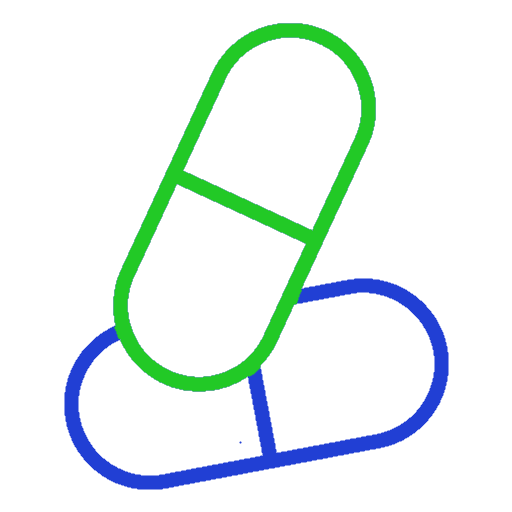Opioids, a term that often conjures images of both relief and concern, represent a diverse class of drugs renowned for their pain-relieving properties. This group encompasses natural opioids like morphine, derived from the opium poppy, as well as synthetic versions such as fentanyl, and semi-synthetic options like oxycodone.
Each variant, while distinct in its origin and chemical structure, shares a common purpose: to alleviate pain and bring comfort to those in need. Yet, despite their therapeutic benefits, a shadow lingers over these substances due to their potential for misuse and addiction, making a thorough understanding of their nature and proper use essential.
Medical Applications
In the realm of medicine, opioids serve as a cornerstone for managing pain, whether it’s the acute discomfort following surgery or the chronic agony of debilitating conditions. They are also integral to anesthesia protocols and palliative care, offering a semblance of normalcy to those grappling with life-limiting illnesses. Common prescriptions such as hydrocodone and codeine are just a few examples of opioids that, when used judiciously, can significantly improve a patient’s quality of life.
However, the line between use and misuse is fine, and healthcare providers and patients alike have the responsibility to tread it carefully.
Statistics on Opioid Misuse and Overdoses
The opioid epidemic, a crisis that has seeped into the fabric of communities across the nation, is more than a public health issue—it’s a stark reflection of the challenges within our healthcare and social systems.
Current statistics paint a grim picture, with opioid addiction and overdose deaths rising at an alarming rate. This surge in misuse has not only devastated families but has also placed a tremendous strain on medical facilities and law enforcement. The numbers serve as a call to action, urging society to address the complexities of addiction and to find solutions that can stem the tide of this epidemic.
Factors Contributing to the Opioid Crisis
Unraveling the threads of the opioid crisis reveals a tapestry of contributing factors, from aggressive pharmaceutical marketing and lax prescription practices to socioeconomic disparities that leave certain populations more vulnerable. The path to addiction often begins with a legitimate prescription, but can quickly spiral out of control when pills become a panacea for deeper, unaddressed issues. Recognizing these factors is the first step in crafting effective interventions and policies that not only curb the overprescription of opioids but also address the root causes of addiction.
Efforts to Combat the Epidemic
In the face of this daunting epidemic, a multi-faceted approach has been mobilized to combat the rise of opioid misuse. Public health initiatives have been launched to educate both prescribers and patients on the dangers of opioids, while policy changes aim to tighten the reins on prescription practices. Education programs, particularly those targeting young people, serve as a preventative measure, instilling an early understanding of the risks associated with opioid use. These efforts, though varied, share a common goal: to reduce the prevalence of opioid misuse and to pave the way for a future where pain management is safe, effective, and devoid of the shadow of addiction.
Contact Our Professionals at The Lakes Treatment Center
If you or someone you love is struggling with opioid addiction, know that help is within reach. At The Lakes Treatment Center, we understand the complexities of addiction and offer personalized care to guide you towards a healthier, opioid-free life.
Don’t let the weight of addiction hold you back. Your path to healing starts with a single step, and we’re here to walk alongside you every step of the way. (209) 309-3573








